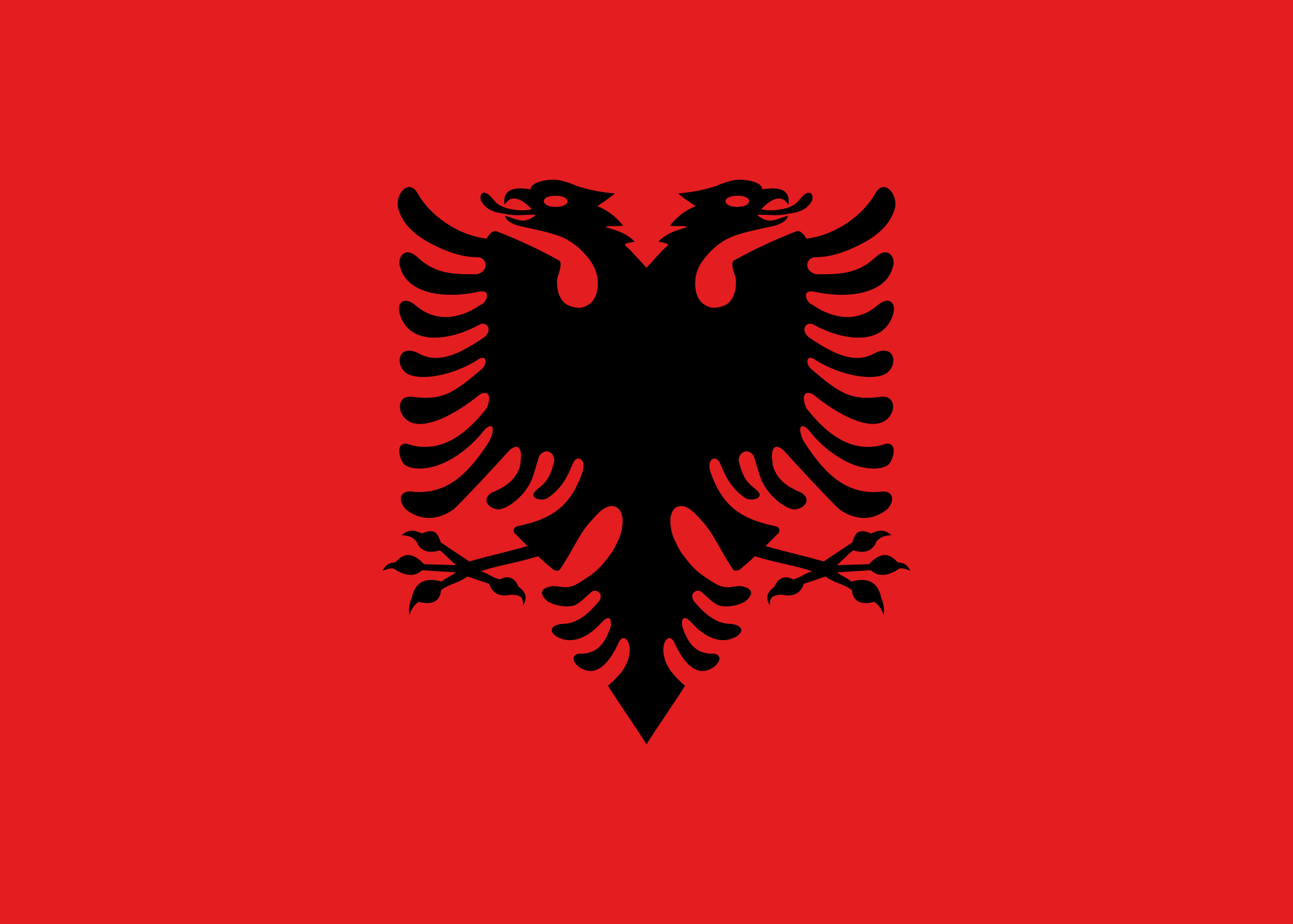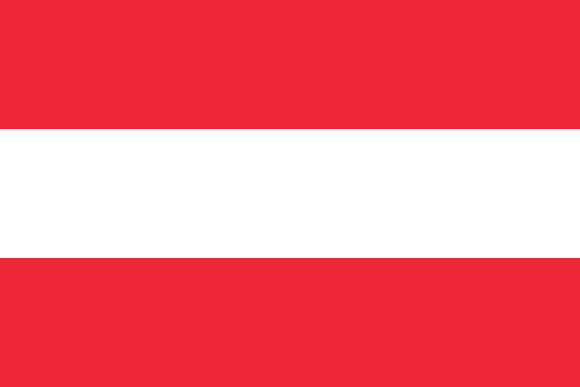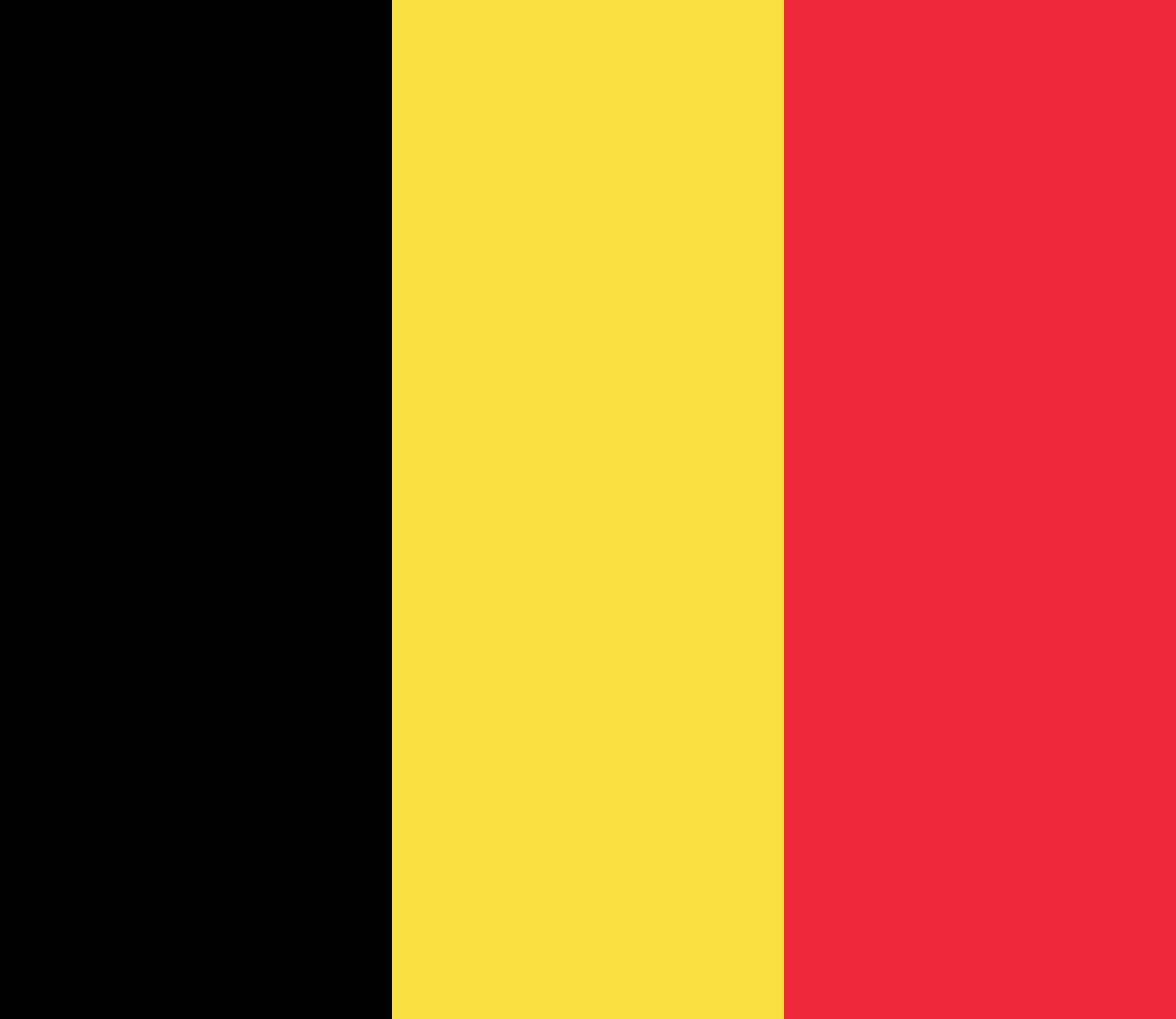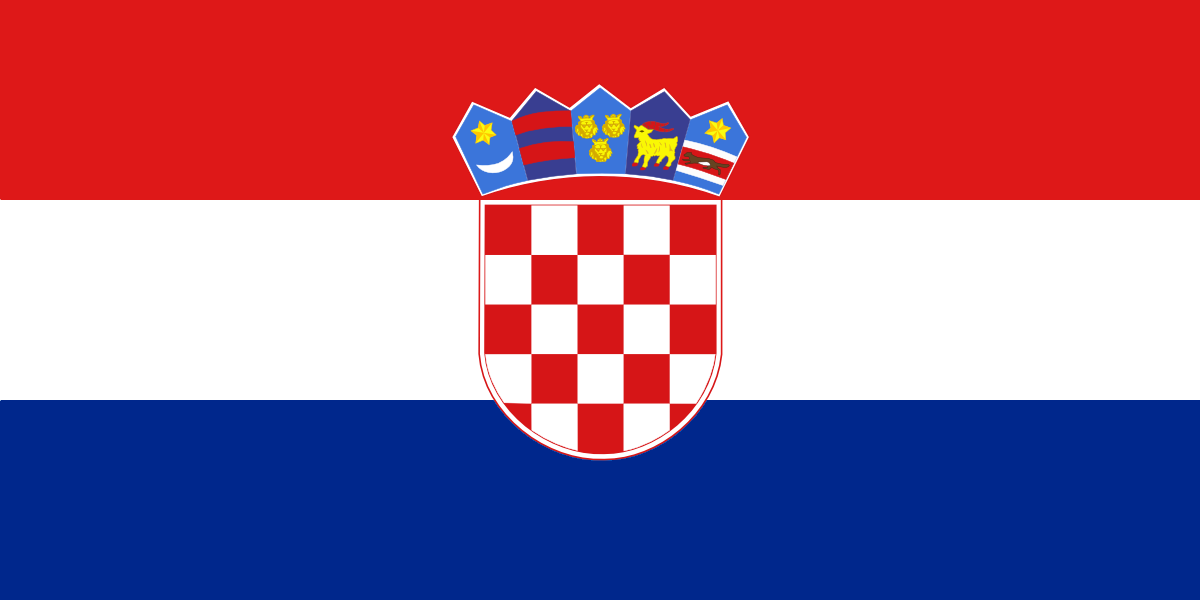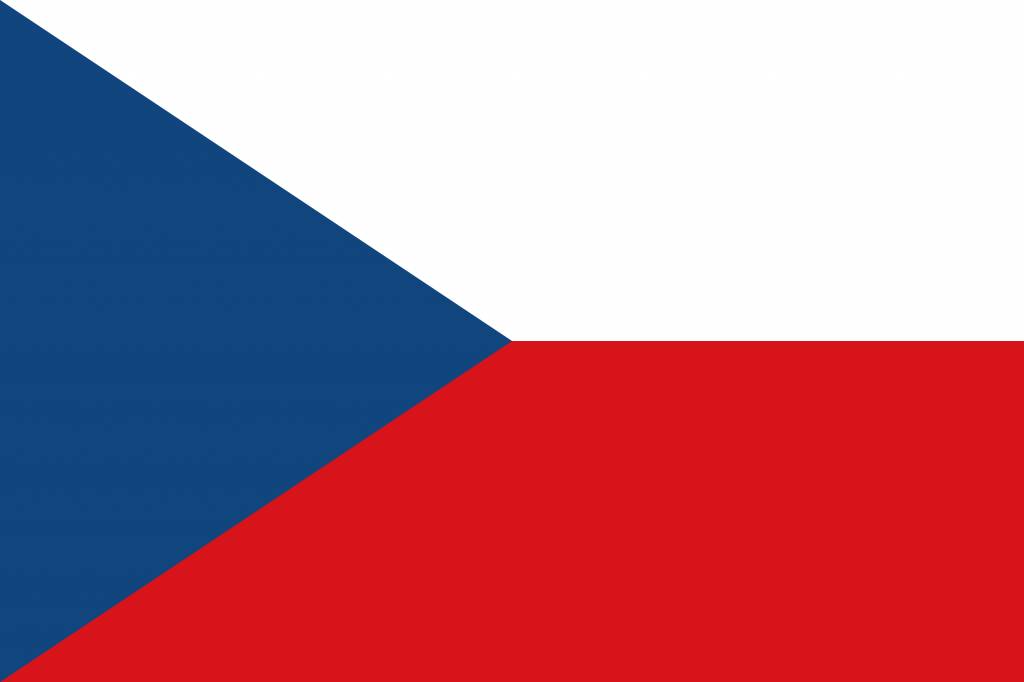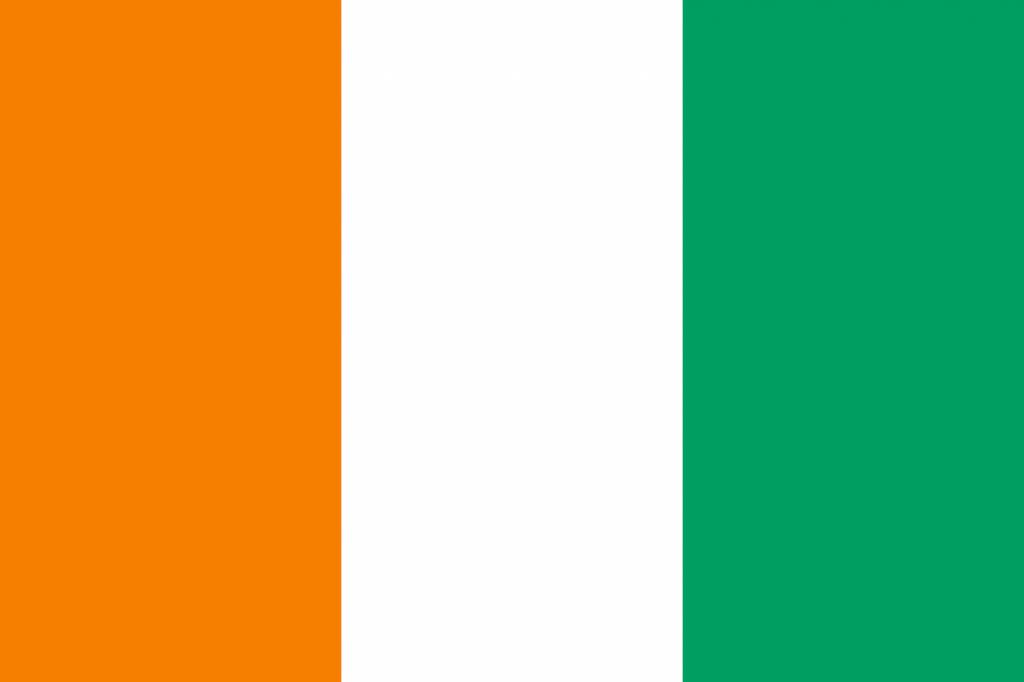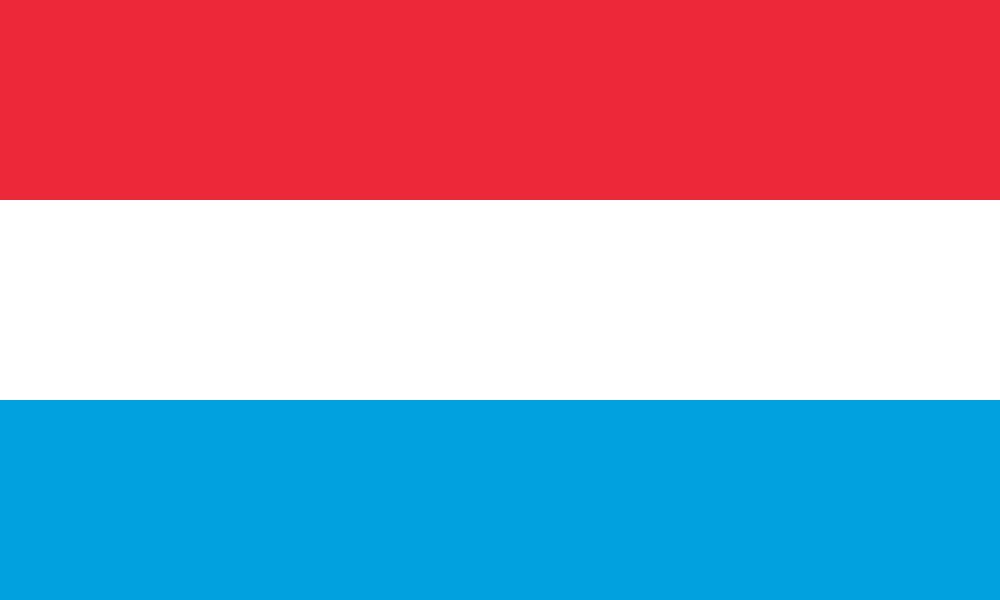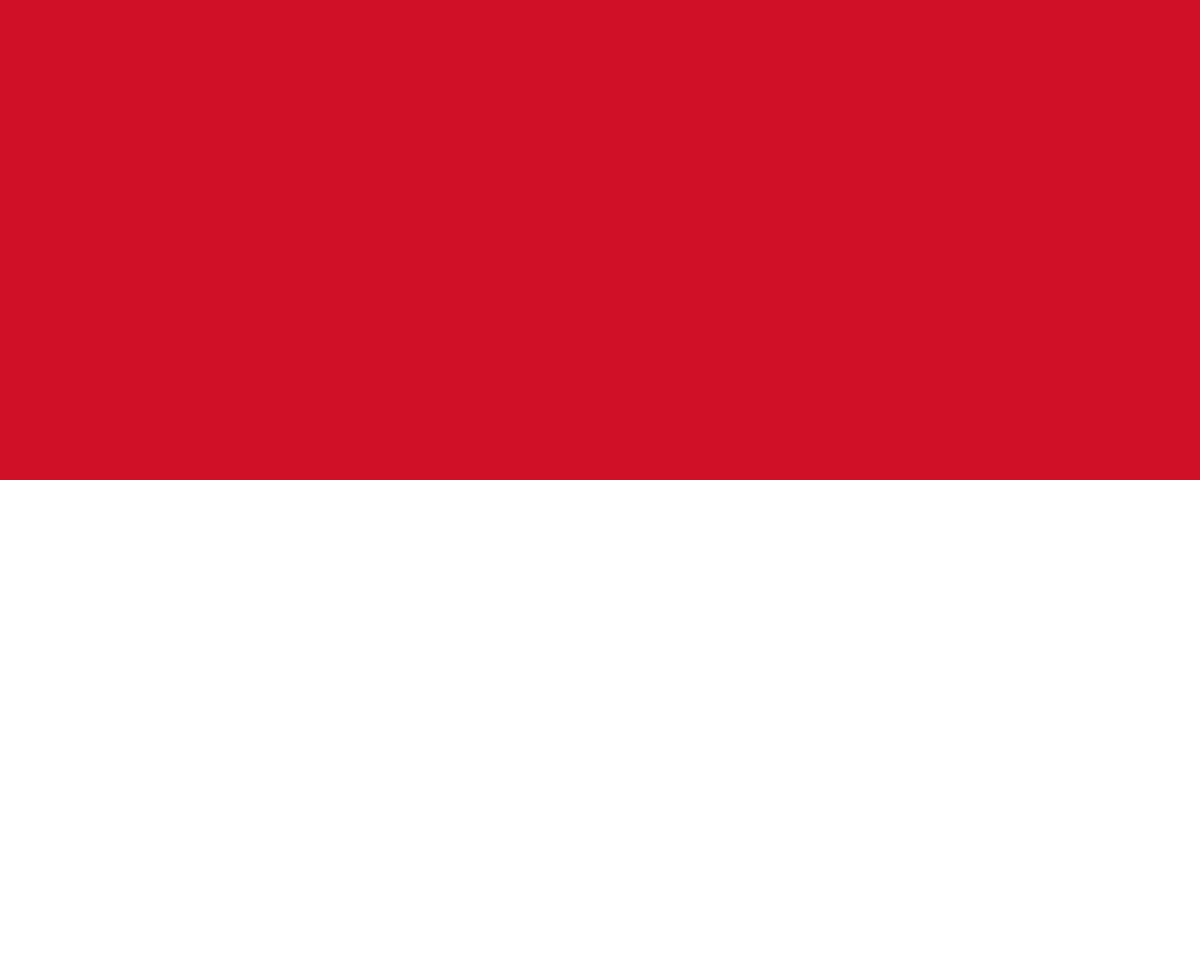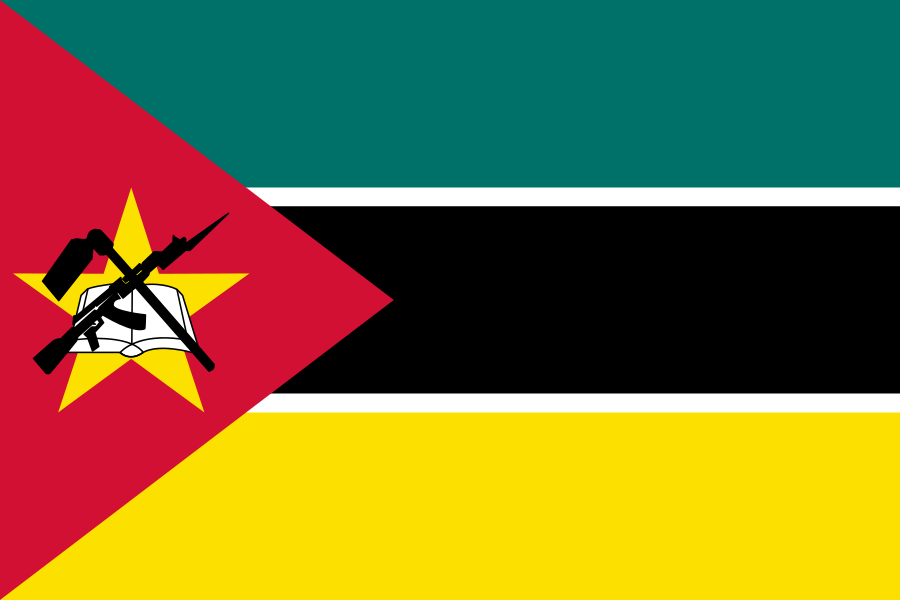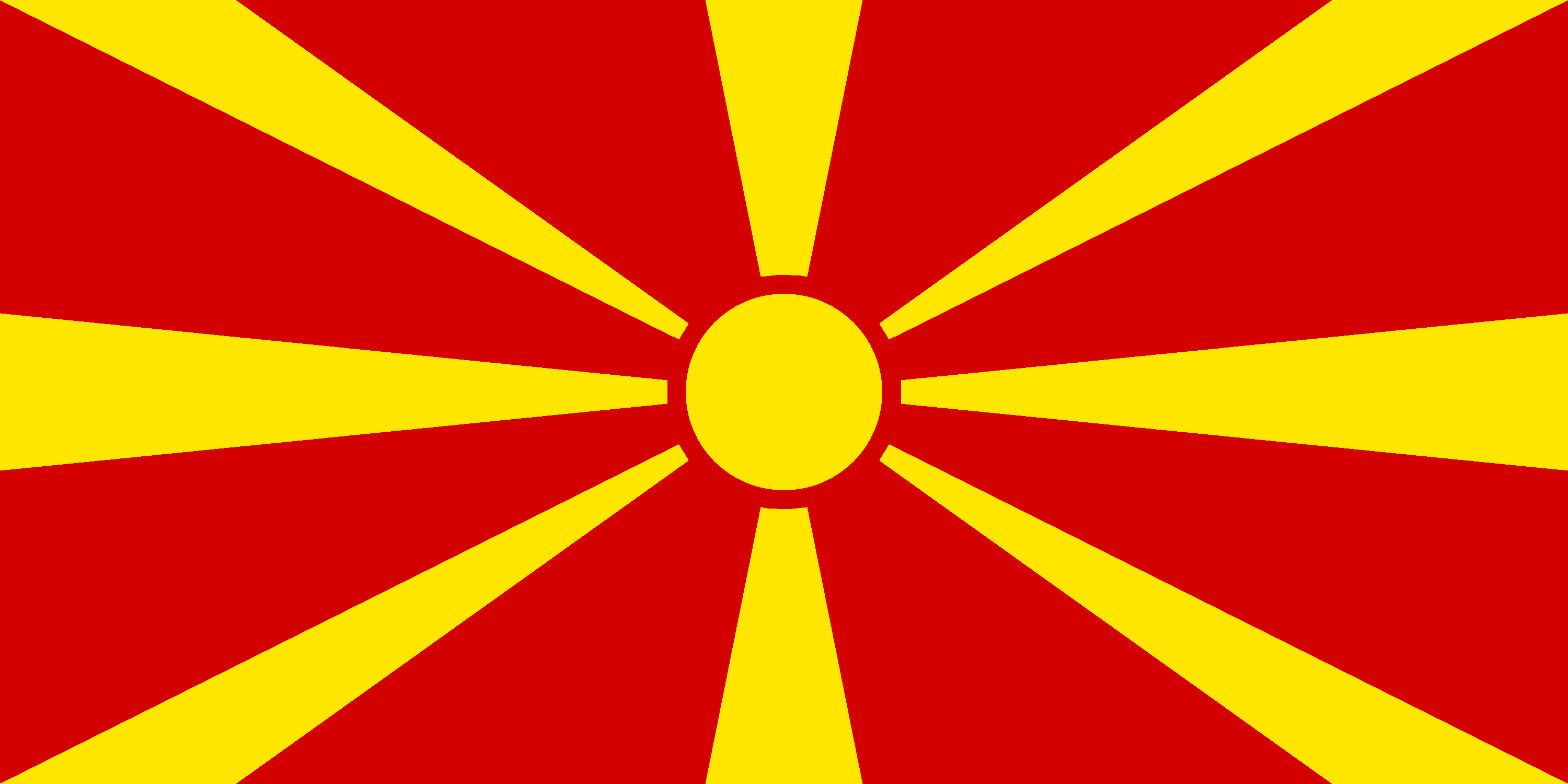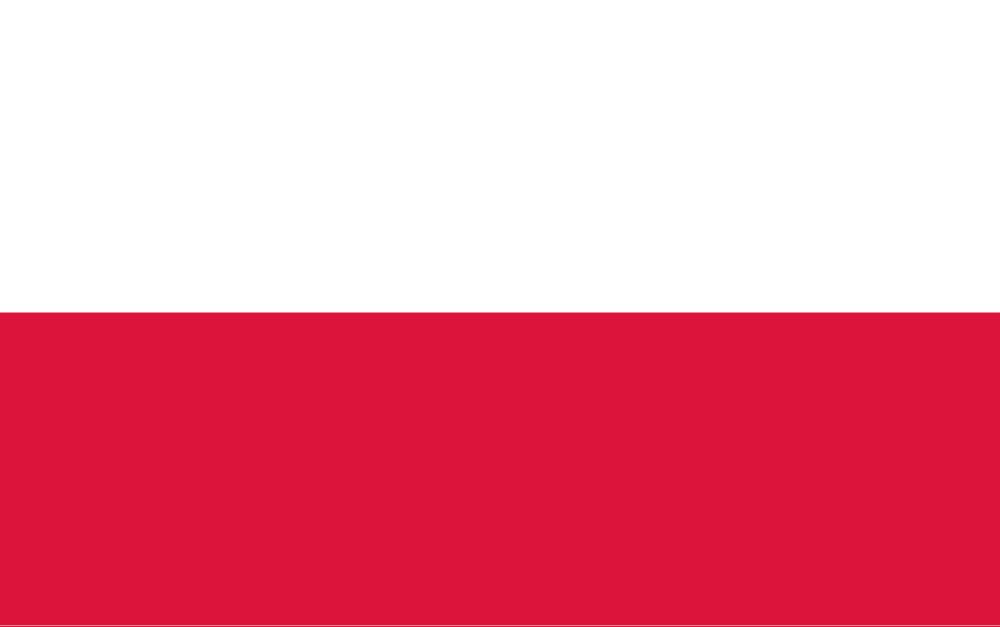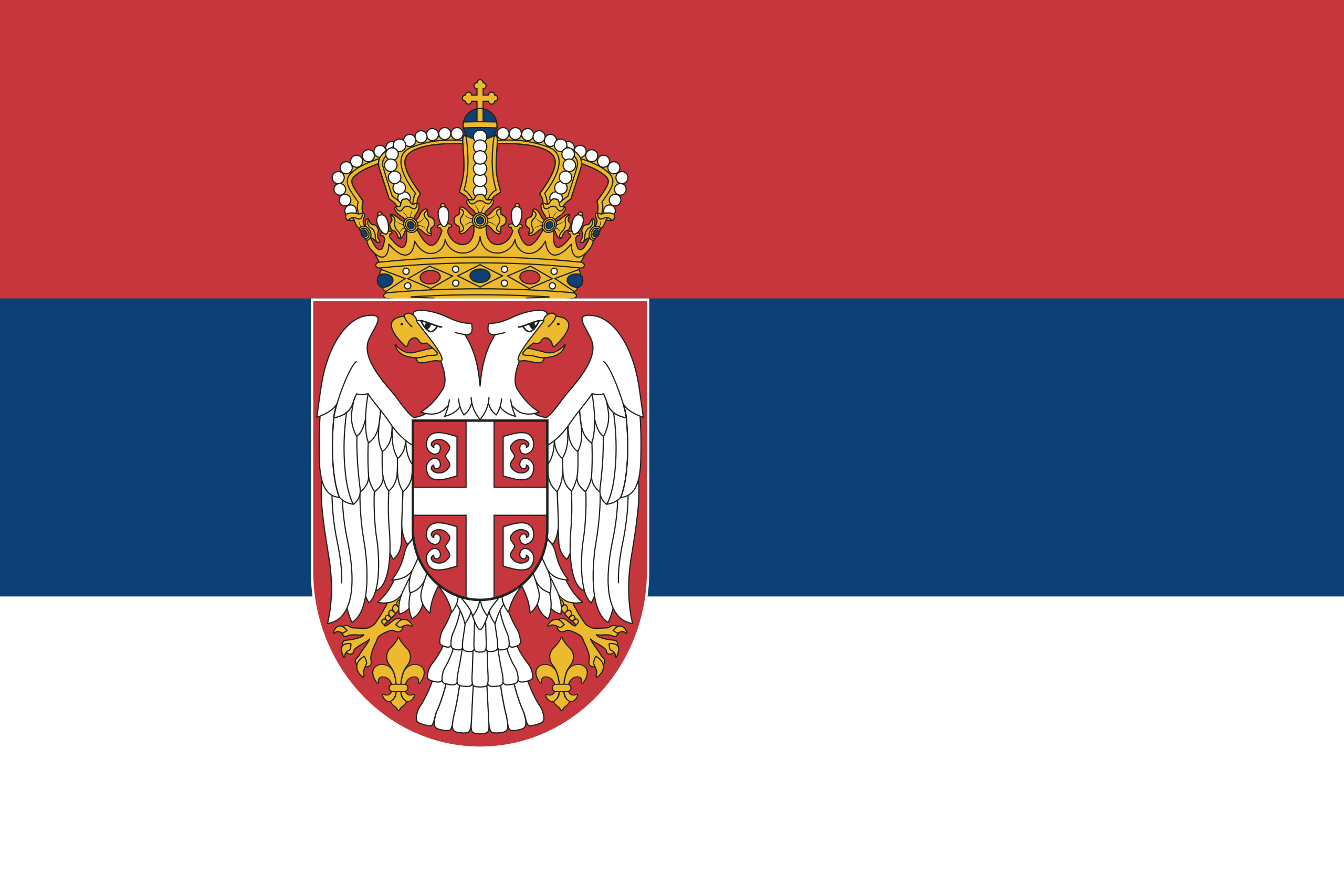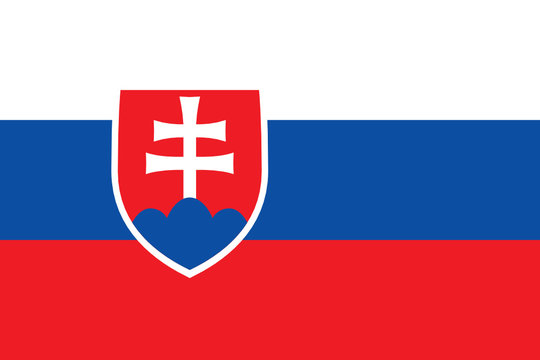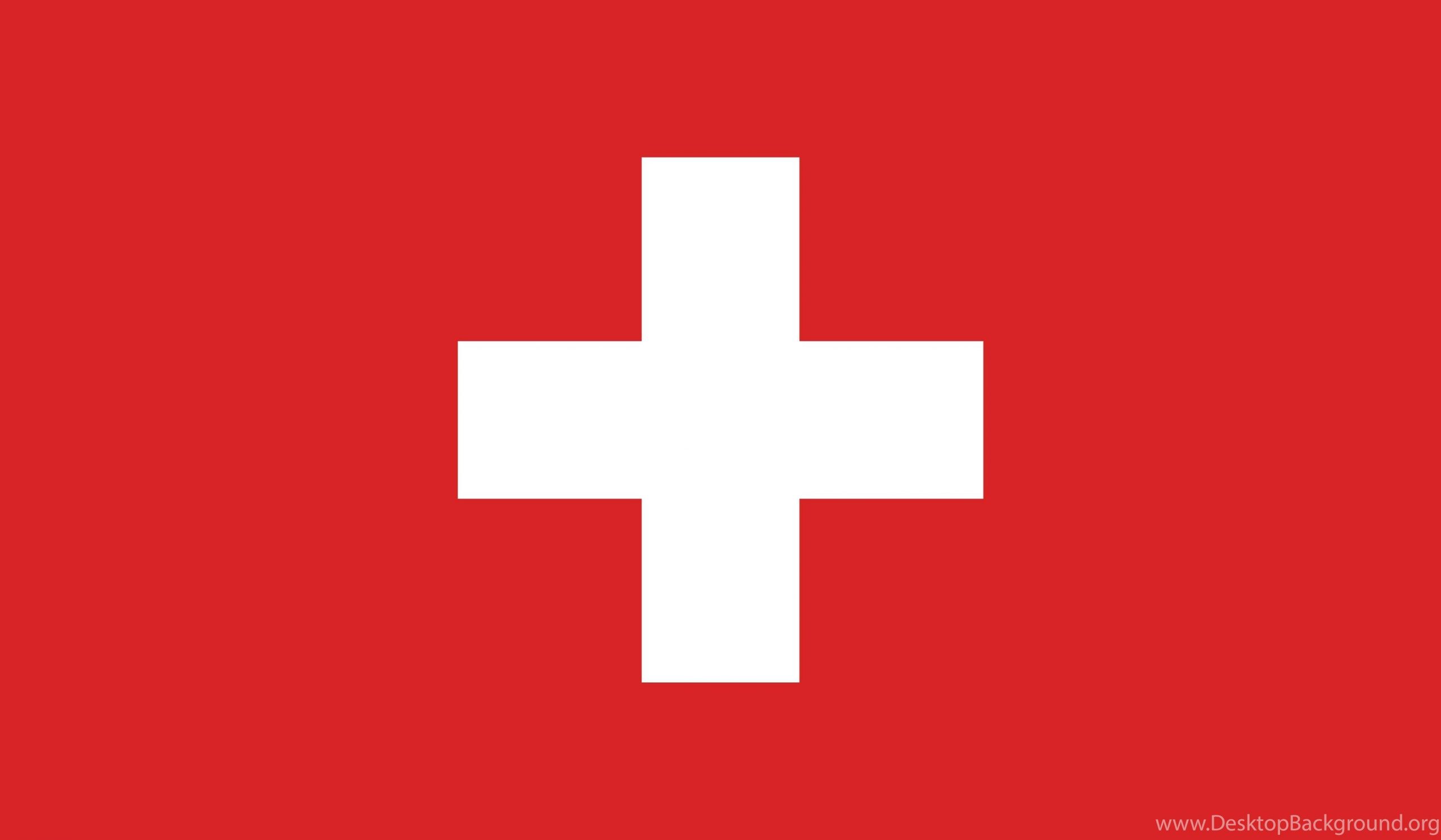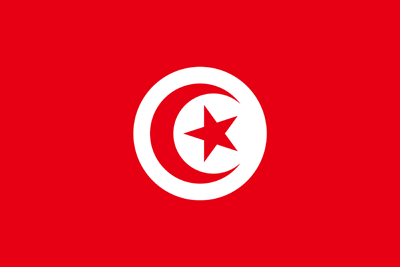The digitization strategy of Europe’s largest port is a multi-year project using various technologies and services from IBM, Cisco and Axians
Autonomous ships through smart innovation
The port of Rotterdam will create a digital twin of the port to track ship movements, infrastructure, weather, geographic and water data. The digital replica will help the port to improve efficiency and overall operation.
The port of Rotterdam is the largest port in Europe. The Port of Rotterdam Authority (HBR) is responsible for the safe and efficient handling of ships and the sustainable development of the port area. For this it uses all available digital possibilities. But the Port Authority is also looking ahead. With the Smart Infrastructure program, Rotterdam is currently transforming from a physical to a digital port. The aim is for ships to be able to enter and leave the port autonomously in 2030.
A lot of data is already available in the port. About the port itself, about weather and tide, and the logistics chain. As a facilitator of the port, the Port Authority is looking for the role it plays in its digitization. Significant steps have already been taken in this area. The unmanned container terminal with autonomous cranes and remote-controlled trucks on the Maasvlakte are good examples. However, the autonomous vessel component is a different story. Due to the many, often dynamic influencing factors, that is a complex process.
Dynamic data
In the port, the dimensions of the objects, such as quay walls or cranes, have already been laid down in a GIS system. The challenge is to bring together this information and all sorts of dynamic data such as weather, flow, visibility and wind in a generic platform. Via IoT, the Port Authority can collect this data in the cloud, process it and make it accessible via various filters. Obviously, this must be done in an unambiguous and safe manner. The Port Authority’s IoT team is currently working with IBM Watson, Cisco, Tele2 and Axians to realize this platform.
KEY POINTS
- It is a challenge to store multifarious dynamic data in a cloud platform in an unambiguous, safe and accessible way.
- Data must be easily accessible to interested parties through different filters.
- When data is used for decision-making or not, this data must be 100% reliable.
- In addition to controlling autonomous vessels, IoT data can also be used for other applications, such as predictive maintenance.
- Only by continuously innovating and experimenting does Rotterdam remain the smartest port.
Related solutions :
Pilot route planning
To determine whether a ship can enter, a range of information is needed. If a ship registers, this data must be combined quickly. This varies from the depth and size of the ship, the depth of the fairway and the weather conditions on the route to the physical characteristics of the berth. If it is clear when this spot is released, the next arrival can be scheduled. All this information must be 100% reliable and real-time available.
Smartest port
To develop these applications and to become the smartest port, the port company has set up a Lab. The scope is broader than the autonomous ship. For example, the port also develops a system for predictive maintenance of, among other things, quay walls, buoys and poles. In this way, the Port Authority always seeks the ideal balance between optimum efficiency and service for customers and sustainability and safety.


